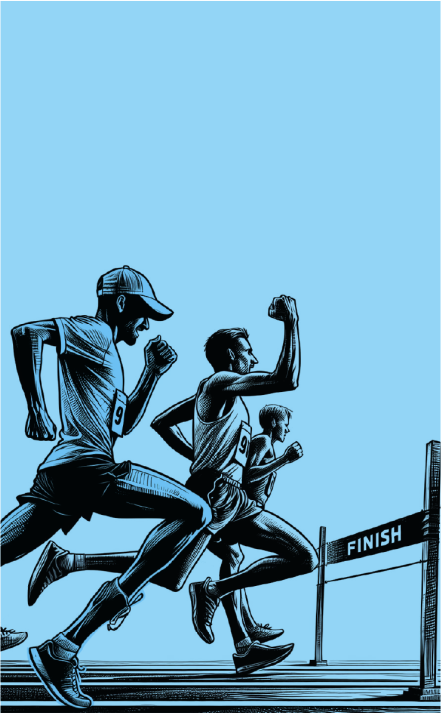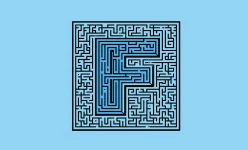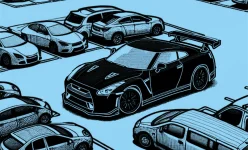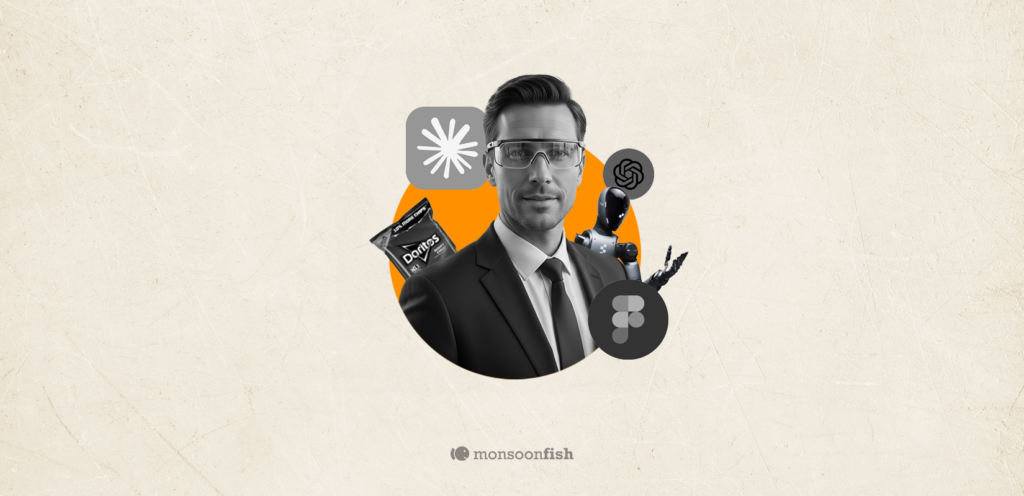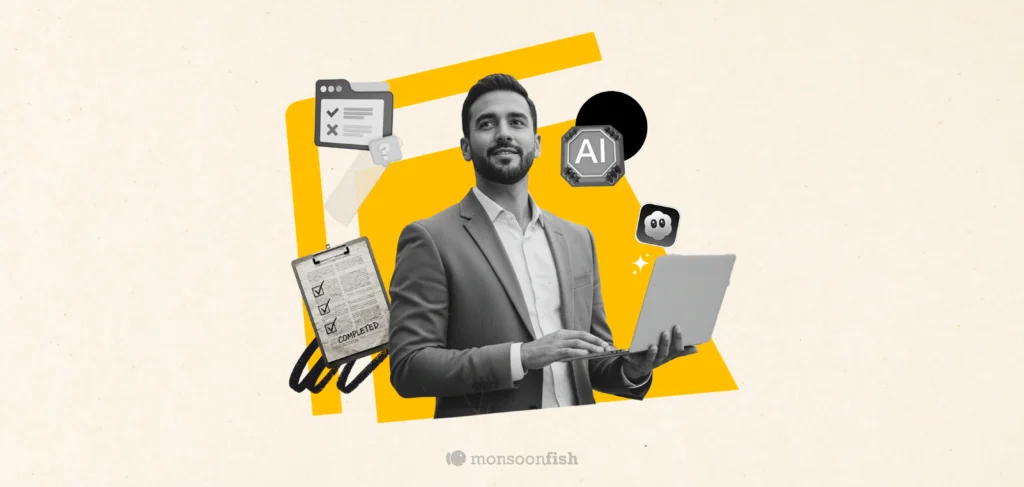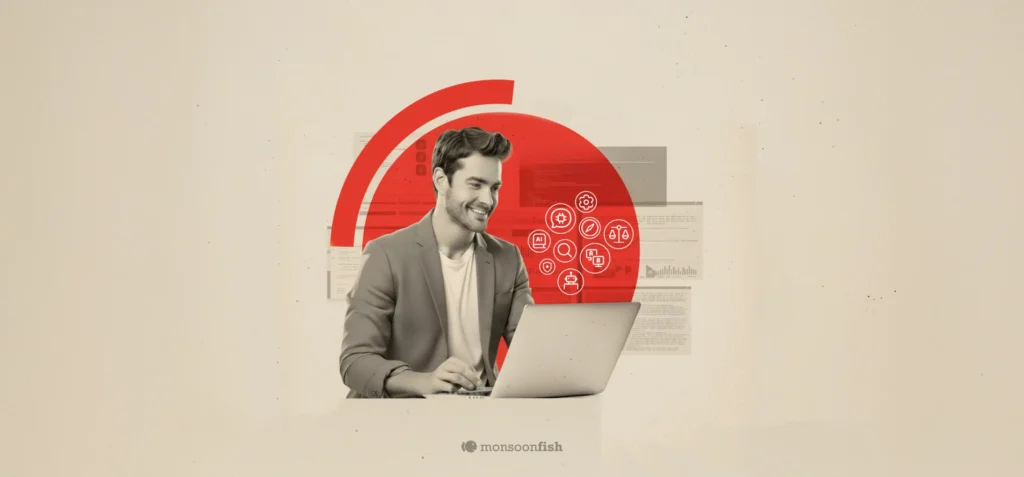Goal Gradient Effect
People exert more effort to reach a goal as they get closer to it.

Goal Gradient Effect
Leo was on a mission: clean out his cluttered garage. It was a disaster zone – a chaotic mix of old sports equipment, forgotten holiday decorations, half-finished DIY projects, and who-knows-what-else. He knew it needed to be done, but the sheer size of the task was overwhelming. He’d open the garage door, survey the mess, sigh, and then retreat back inside, promising himself he’d tackle it “someday.”
That “someday” finally arrived when his wife, Rachel, announced her parents were coming to stay for a week, and they needed the garage for parking. Leo knew he couldn’t put it off any longer. He started by simply moving everything out of the garage and onto the driveway. The sheer volume of stuff was daunting. He felt discouraged. Where would he even begin?
Rachel, seeing his overwhelmed expression, suggested a strategy. “Let’s divide and conquer,” she said. “We’ll divide the driveway into four zones. One zone for things to donate, one for things to sell, one for things to keep, and one for trash.”
They spent the first day sorting everything into these four zones. It was tiring work, but as each zone started to take shape, Leo felt a flicker of accomplishment. Seeing the “donate” pile grow and the “trash” pile shrink was surprisingly motivating. It was a tangible sign of progress.
The next day, they tackled the “donate” pile. They packed everything into boxes and loaded them into Rachel’s car. As they drove off to the donation center, Leo felt a surge of satisfaction. One zone down! The driveway was already looking less chaotic.
With each completed zone – selling unwanted items online, organizing the “keep” pile, and finally disposing of the trash – Leo’s motivation grew. The closer they got to a clean driveway, the more energy he seemed to have. He even started getting creative with storage solutions for the items they were keeping.
By the end of the week, the garage was transformed, and Rachel’s parents had a place to park. Leo, looking at the clean, organized space, felt a huge sense of accomplishment. He realized that the key wasn’t just dividing the task, but also seeing the visible progress with each completed zone.
The Goal Gradient Effect shows us that motivation increases as we get closer to a goal. By breaking down large tasks into smaller, manageable steps, we create mini-goals that provide a sense of progress. This visible progress fuels our motivation, encouraging us to exert more effort and ultimately achieve our objective. Whether it’s cleaning a garage, writing a novel, or learning a new skill, visualizing progress through milestones and tangible results helps us stay engaged and drive towards completion. Less overwhelm means more momentum and achievement.
Contents
CATEGORIES
